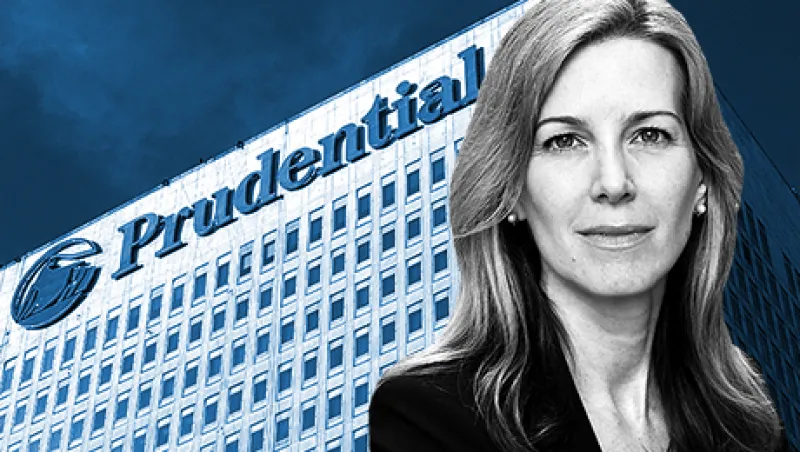Active managers have delivered little in the way of returns above an index fund since the financial crisis, but investors might not want to give up on them as a source of protection in down markets.
Soon-to-be released research from PGIM, the asset management arm of Prudential Financial, finds that active managers deliver their strongest results when markets are weak overall and there is a high level of dispersion, or variation across the returns of individual stocks.
“The market overall hasn’t differentiated that much between individual companies, making it harder for active managers to pick winners,” said Karen McQuiston, managing director of PGIM’s institutional advisory and solutions group. “But if there are cracks in the market, there will be a lot more focus on fundamentals again.”
McQuiston added that in looking at 20 years of data on large-cap managers’ returns, researchers found that the strongest pattern was how countercyclical performance has been to the overall markets. PGIM also found that fundamental active managers outperformed quantitative managers in weaker markets with wide dispersion between stocks.
“Investors should understand that in down markets, that’s where they’ll get their excess returns,” said McQuiston, who was also one of the authors of the new research report.
Fundamental managers have delivered higher levels of return over time as they’re more distinctly counter-cyclical, turning out their strongest relative performance when markets are down. While more variable, fundamental managers may provide some “cushion” against the downside in equity markets, according to PGIM.
Quant managers also delivered excess returns in weak markets with high dispersion, though they were lower than their fundamental counterparts. Still, PGIM found that quants provided more consistent performance across different market environments than fundamental stock pickers.
McQuiston said the goal of the firm’s research was to draw lessons for investors in constructing portfolios and how to combine different managers. PGIM, for example, found that investors desiring more stability in their excess returns over time may want to lean toward more quant managers across styles. For investors who want excess returns of at least 150 basis points, they may want to mix fundamental growth and value managers, with only some exposure to core managers.
“High active managers in the fundamental space are paying off,” she said.







